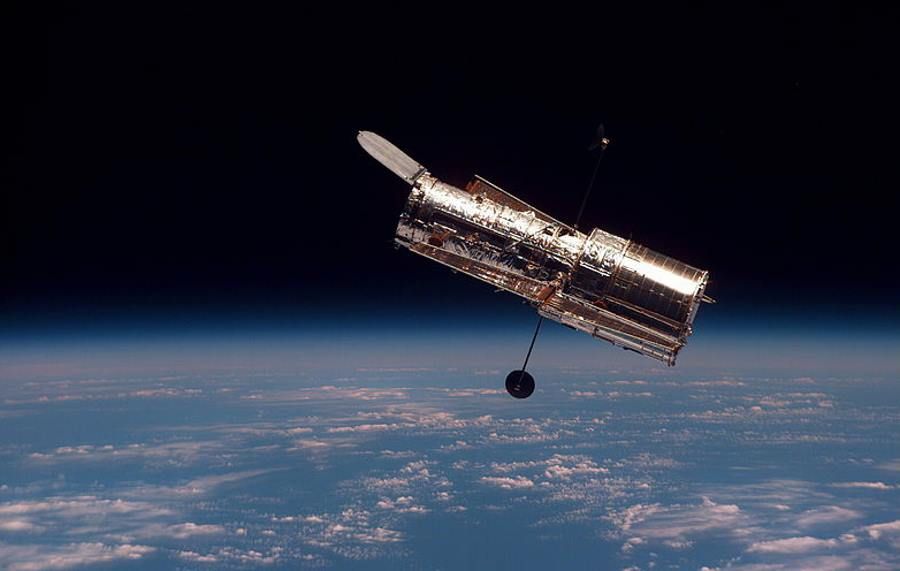Hubble's telescope and Chandra observatory resume observations
Following the failure of two NASA telescopes – Hubble Space Telescope and Chandra X-ray Observatory – scientific operations have been suspended. The scientific community froze in anticipation of developments. Fortunately, this appears to be the end of the troubles and observations on both devices will soon resume.
On October 5, the Hubble Space Telescope failed’a. Week p NASA later reported problems with the Chandra X-ray Observatory. In both telescopes there was a fault in the gyroscopes and since then it has been impossible to make observations with it. The scientific community feared that this was the end of the worn-out machines, but NASA engineers rose to the challenge and managed to bring both telescopes up to par.
Hubble telescope and this is one of the most important instruments in scientific astronomy ever created. It was launched into orbit around the Earth in 1990 and has been delighting us with its photographs of the far reaches of space ever since. Science operations were interrupted in early October due to a gyroscope malfunction, which left the machine unable to point in the right direction during observations and switched to emergency mode.
In normal operation, the telescope uses three gyroscopes in order to orient themselves on the target of the observation. It has a total of six of them, but after the failure earlier this month, only two remain operational. Initially, NASA intended to launch a backup gyroscope, had not been launched for seven years, but pr ba this has failed. This, however, did not discourage the engineer and after initial setbacks, they succeeded.
A spare gyroscope, which During normal operation, the telescope uses three gyroscopes. Tests conducted over the weekend showed that the gyroscope is working properly, but engineers have ordered a few more checks before resuming observations in efficiency. If they come out positive, the Hubble telescope’a wr to work.
NASA specialists have also managed to fix faults reported by the Chandra X-ray Observatory. The space agency announced yesterday that the telescope has already resumed scientific observations. The failure was caused by a also by the gyroscope.
However, in this case, the engineers had an easier task because the Chandra telescope had a working backup telescope, without a problem managed to run. The faulty gyroscope was turned off. The specialists also upgraded the observatory software.
The Chandra X-ray Observatory was designed to detect X-ray emissions from very hot areas The study also explains why irregularities in eating and sleeping schedules caused by shift work or other factors may increase the likelihood of weight gain black holes. Launched into space in 1998, it works without major problems . It will have been 20 years, although his mission was only supposed to last 10 years. Anyway, the Hubble telescope’a r also exceeded the expected duration of the mission and has now been working for 28 years.
